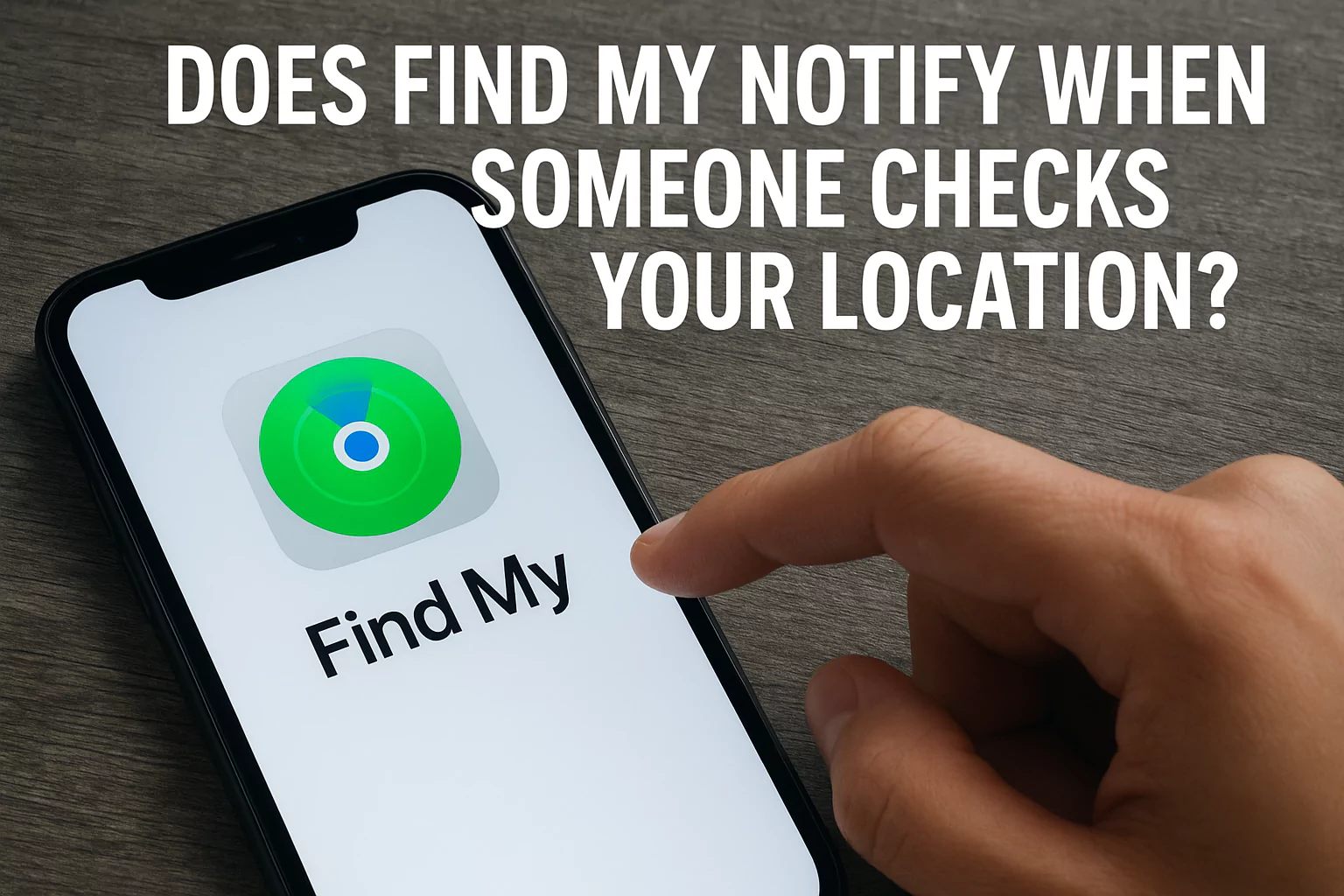Tip Screens: Elevate Customer Experience and Drive Revenue Growth

Customer experience is crucial in today’s market. Happy customers return and recommend your business to others. Tip screens are a tool that can enhance customer experience and drive revenue growth. They make tipping easy and convenient, benefiting both customers and service providers.
What is a Tip Screen?
A tip screen is a digital interface where customers can add a tip to their bill. These screens are common in places like restaurants, cafes, hotels, and salons. They are usually part of the payment process, appearing on point-of-sale (POS) terminals or standalone kiosks.
The Importance of Tip Screens
Tip screens streamline the tipping process. In a cashless society, they provide an easy way for customers to tip without needing cash. This benefits both customers, who appreciate the convenience, and service providers, who see increased tips.
Types of Tip Screens
Standalone Kiosks
Standalone kiosks are separate from the main POS system. They are often placed near the exit or in a waiting area.
Integrated Systems on POS Terminals
These systems are built into the POS terminals. They appear during the payment process, making it easy for customers to add a tip.
Customizable Interfaces
Customizable interfaces allow businesses to design the tip screen to match their brand. This can include colors, logos, and messages.
Benefits of Using Tip Screens
Enhanced Customer Satisfaction
Tip screens make the tipping process smooth and hassle-free, leading to higher customer satisfaction.
Increased Tip Amounts
Customers are more likely to tip, and tip more, when it’s easy. This leads to higher earnings for service staff.
Convenience and User-Friendliness
Tip screens are easy to use, making the payment process quicker and more efficient.
How to Implement Tip Screens
Selecting a Suitable Tip Screen Solution
Choose a tip screen solution that fits your business needs. Consider factors like cost, ease of use, and compatibility with your existing systems.
Configuration and Customization
Configure the tip screen to match your brand. Customize the interface with your logo, colors, and messages.
Training Staff and Monitoring Performance
Train your staff on how to use the tip screens. Monitor their performance and make adjustments as needed.
Best Practices for Tip Screens
Strategic Positioning
Place tip screens where customers can easily see and use them. This could be at the checkout counter or near the exit.
Customizing the User Interface
Make sure the tip screen reflects your brand. Use your logo, colors, and messages to create a cohesive look.
Offering Multiple Tipping Options
Provide customers with several tipping options, such as percentage-based tips or custom amounts.
Using Engaging Visuals and Messages
Use visuals and messages to encourage tipping. This could include thank-you messages or images of happy staff.
Regularly Updating Content
Keep the content on your tip screens fresh and up-to-date. This keeps customers engaged and encourages tipping.
Case Studies
Example 1: Restaurant
A restaurant implemented tip screens and saw a 20% increase in tips. Customers appreciated the convenience, and staff were happier with their earnings.
Example 2: Salon
A salon added tip screens to their POS terminals. They noticed an increase in customer satisfaction and higher tips.
Conclusion
Tip screens are a valuable tool for enhancing customer experience and driving revenue growth. By streamlining the tipping process, increasing tip amounts, and providing a convenient and user-friendly experience, tip screens can contribute to the overall success of a business. By following best practices and considering the specific needs of their customers, businesses can effectively leverage tip screens to elevate their customer service and boost their bottom line.
FAQs
Q: What is a tip screen?
A: A tip screen is a digital interface where customers can add a tip to their bill.
Q: Where are tip screens commonly used?
A: Tip screens are commonly used in restaurants, cafes, hotels, and salons.
Q: How do tip screens benefit customers and service providers?
A: Tip screens streamline the tipping process, making it easy for customers to tip and increasing tips for service providers.
Q: What are the types of tip screens?
A: The types of tip screens include standalone kiosks, integrated systems on POS terminals, and customizable interfaces.
Q: How can businesses implement tip screens?
A: Businesses can implement tip screens by selecting a suitable solution, configuring and customizing the interface, training staff, and monitoring performance.









